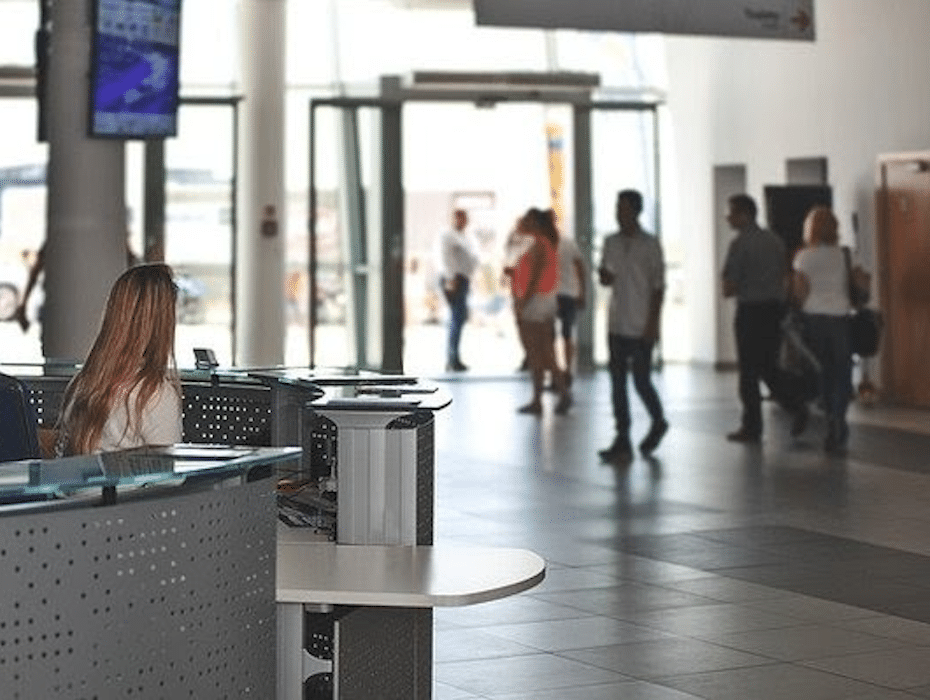Highlights
- As deadlines for the use of special COVID funding loom larger, governments must focus on how to best leverage those funds for their citizenry.
- Funding supports both individuals and businesses, potentially strengthening wavering economies in the process.
- Investing in digital communications is a great way to ensure governments are able to meet the current and future needs of their citizens.
👀 Why do 63% of government leaders surveyed feel their internal communications initiatives are now very important? Grab our government research report to get some answers.
The Coronavirus Aid, Relief and Economic Security (CARES) Act and the American Rescue Plan (ARP) established state government funding provisions that provided states the opportunity to access COVID relief funding for a limited time. CARES provided $150 billion in flexible funding for local and state governments through the end of 2021. The American Rescue Plan Act established the State Fiscal Recovery Fund (SFRF), which made $195.3 billion available to states through 2024.
4 ways state governments are using COVID funding
Much of the money allocated to state relief is likely to go unused, which means states are missing a great opportunity to support their people and businesses to best fulfill their public-service role. The following is an overview of key funding categories along with some examples of how state governments are using this special funding to illustrate ways in which your state could benefit.
1. Emergency and disaster response
Before considering other options, many states prioritized emergency and disaster relief when utilizing COVID relief dollars. Funds directed to this area allow states to put money toward equipment, tools, supplies, people, and training necessary to support the COVID health crisis along with other disaster response initiatives.
Delaware, for instance, put $67.8 million toward the purchase of medical equipment and testing supplies, and another $866,497 for volunteer fire company assistance. California allocated $698.8 million toward public health and safety employees. Georgia used $90.7 million to cover emergency medical response expenses. Minnesota put $8 million into Youth Intervention and Crime Victims Services.

2. Small business credit expansion
Many small businesses were devastated by the impact of COVID, especially those dependent on in-store clientele. Restaurants in many states, for instance, had to shut down or transition to drive-thru ordering only. As a result, some small companies face the risk of going under. Others have had to cut employees or place a freeze on hiring and expansion. Non-essential industries like tourism and the arts have also taken a big hit.
ARP included $10 billion that was specifically earmarked for states and tribal governments to support small-business lending. States can provide funds to businesses that may have no other options to raise the necessary capital to survive or grow. Keeping these businesses solvent is vital to economic recovery due to the implications to employment and consumer spending.
Tennessee put $55 million in a specialized agricultural fund to assist businesses in agriculture, food, forestry, and nonprofit agriculture. Rhode Island put $20 million into a small-business loan fund and another $20 million in a fund to support the hospitality and tourism industry. Oregon put $25.6 million into an emergency relief fund to assist small businesses affected by COVID in a variety of ways. Kansas allocated $35 million to small-business grants and another $20 million toward business resiliency.
3. Homeowner and rental assistance
Unemployment and other financial hardships put a strain on homeowners as a result of the pandemic. To assist those facing the greatest challenges, ARP included just under $10 billion in state aid for homeowner relief.
In particular, the Homeowner Assistance Fund was intended to support homeowners facing possible delinquencies, defaults, or foreclosures, along with losses of utilities. For individuals and families, the homeowner fund is one of the most impactful ways in which states can aid in their struggles with financial difficulties during this time. Another $21 billion from ARP was aimed at helping renters with rent payments and utilities.
The state of Maryland allocated $39 million to the Department of Housing and Community Development for various purposes, including to stabilize nonprofit programs such as affordable housing. Pennsylvania used $10 million for homeless assistance programs. Wisconsin put $15 million into its low-income home energy assistance programs to aid low-income households in paying for utility costs. The Hawaii state government gave $100 million to its Department of Business, Economic Development & Tourism to support the housing relief and resiliency program.

4. Infrastructure and technology development
Another $10 billion of the ARP was set aside to fund capital projects that support health, education, and work. Many employers operated with a more remote, hybrid structure during the pandemic. Now that the pieces are in place, it is expected that this structure will continue indefinitely in many employment sectors. Hospitals and other medical facilities also had to adapt to the complex demands of COVID support. Funding in this area is intended to help states develop more modern infrastructures, including the development of better internet access.
Alabama is putting $50 million toward hospitals, $50 million toward colleges and universities, and $50 million toward broadband vouchers. Arkansas directed $15.1 million toward its Department of Education to provide for emergency COVID leave for school employees. South Dakota allocated $75 million to K-12 schools and another $20 million to colleges and universities. Georgia spent $39 million to help cover the cost of COVID testing and $7.3 million toward payroll expenses in the healthcare sector. North Carolina spent $30 million on broadband internet expansion.
A number of states prioritized communications systems and software to improve the efficiency and effectiveness with which their agents perform key roles. Michigan spent $29 million to purchase software and to hire new staff to handle backlogged unemployment claims. North Carolina allocated $61.9 million to its state IT department to upgrade telework and cybersecurity capabilities, which is vital to support cloud-based communications among remote employees.

Find ways to use COVID funding wisely
It is likely that one or more of the project examples discussed here could benefit your state as well. By prioritizing your greatest needs, your agency can take the steps necessary to leverage this limited-time access to special COVID funding.
Given the increase in hybrid work structures and the importance of digital communications, investments in communications technology to aid key industries is a popular option among states. A comprehensive cloud-based communications platform can go a long way toward supporting a connected workforce in the aftermath of the global pandemic.
See our government solutions to learn how RingCentral can provide you with a comprehensive cross-platform communications solution to optimize both internal and external communications!
Originally published Mar 08, 2022, updated Dec 30, 2022





